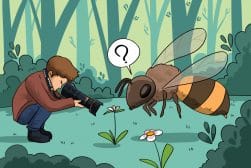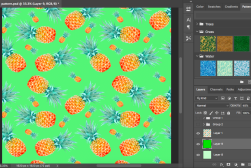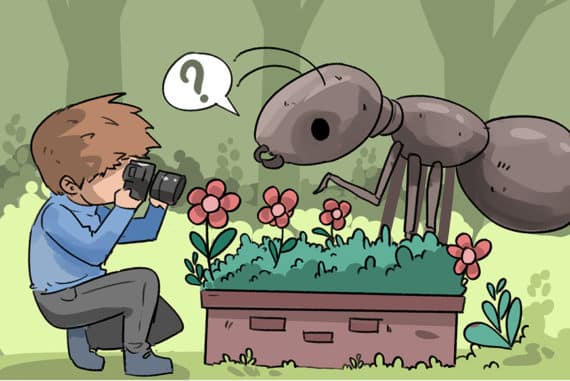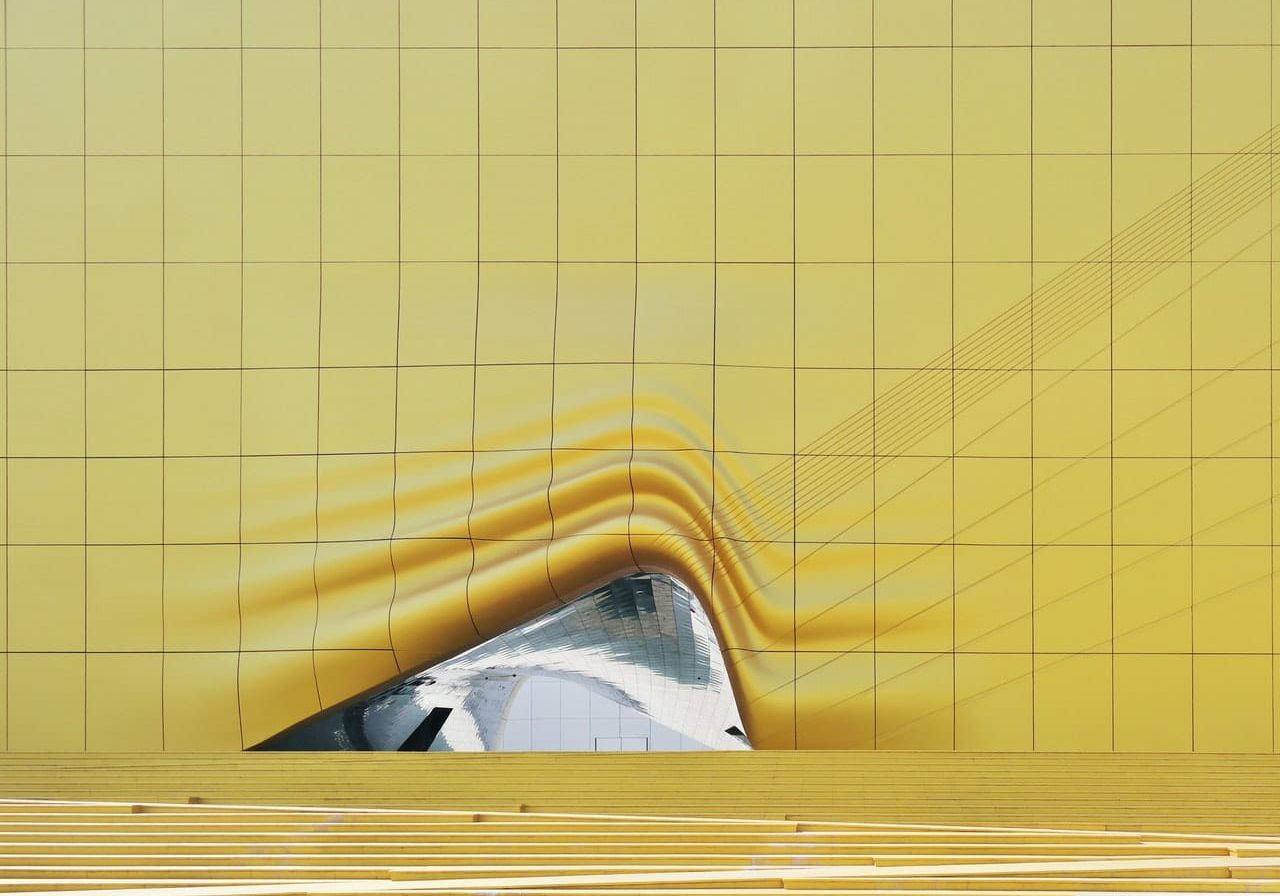
Guide to Using Pattern in Photography
Using patterns in your photography is a simple but powerful way to make your images stand out. Learn the tips for finding and using a pattern effectively.
Learn | Photography Guides | By Ana Mireles
There are tons of compositions rules and guidelines for making visually captivating images, and one of the most versatile is using patterns.
If you have trouble incorporating pattern photography into your practice, this guide can be of help. I’ll explain what a pattern is and some of the most common types of patterns you can find.
Most importantly, I’ll share some tips and ideas on how to find patterns in your everyday life as well as how to create some of your own.
Let’s jump in.
What is Pattern in Photography?
Pattern in photography is the repetition of a visual element in the composition of a photo.
You can create a pattern using photographic techniques, or you can identify patterns – whether they are natural or manufactured – and incorporate them into your image.
The pattern can be the main subject of your photograph, thereby creating an abstract composition, or it can be a complementary element such as the background.
Why is pattern important in photography?
The human brain seeks out and identifies patterns in the information it receives from the senses.
That’s why patterns make such a powerful compositional technique: the viewer’s eye is naturally drawn to them and they become a focal point in the overall image.
What Are Some Types of Pattern in Photography?
There are many examples of photography patterns that occur all around us, both in nature and human-made. The key is for you, the photographer, to recognise them and learn how to capture them accurately or creatively.
Here are some of the most common photography patterns you may find, including some example photos for your inspiration.
Regular Patterns
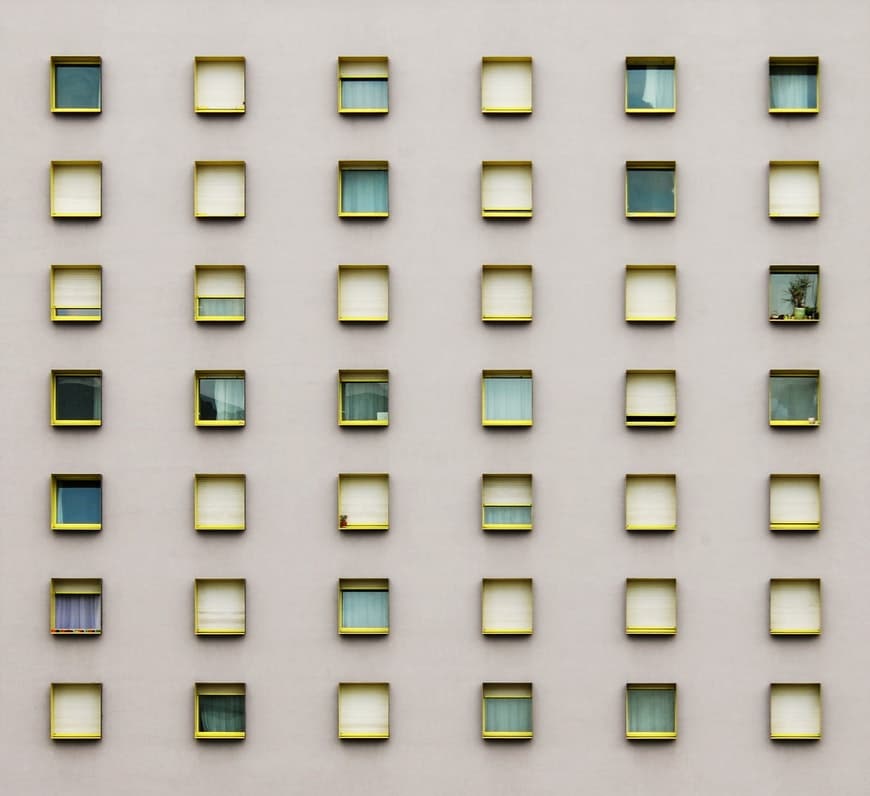
Credit: Pixabay
A regular pattern is when the repeating objects are predictable. This can be because the same element repeats regularly, or because the elements are different but the changes happen consistently.
Some of the most visually appealing patterns in photography can be found everywhere, such as in the example above of windows on the side of a building.
Irregular Patterns
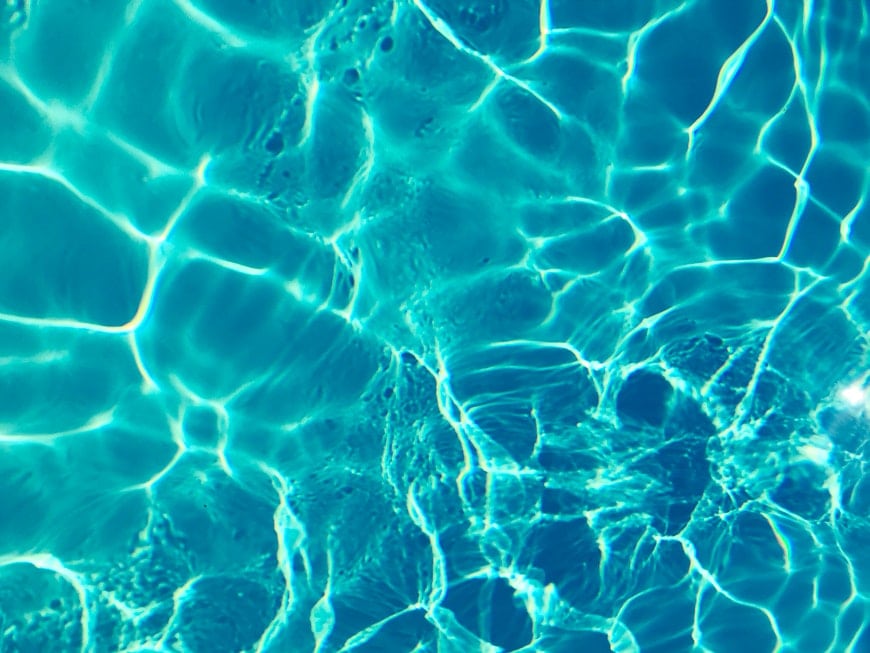
Credit: Julie Aagaard
On the other hand, irregular patterns repeat unpredictably—for example, the ripples in a pool or the wrinkles in a crumpled piece of paper.
Irregular patterns are ideal subjects when shooting pattern photography ideas at home since you can usually find something around your house that fits the bill.
Geometric Patterns
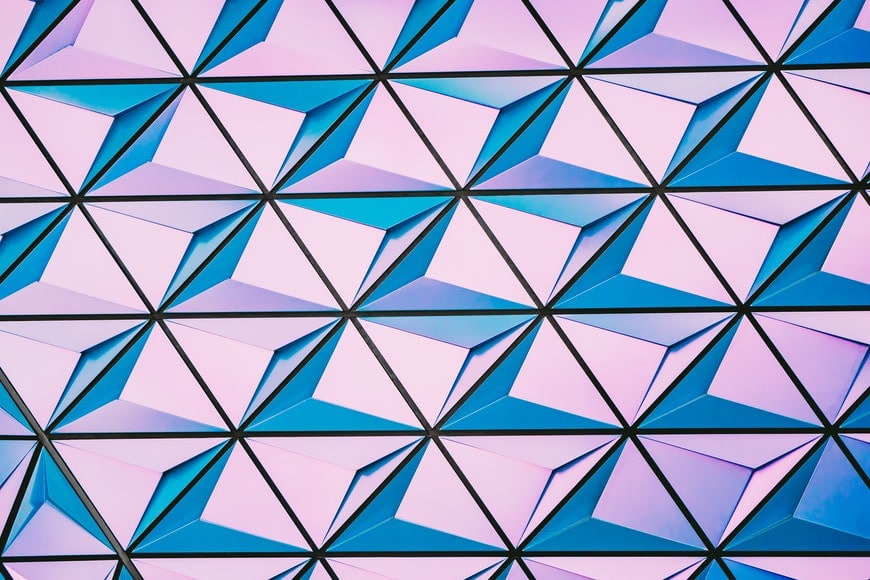
Credit: Scott Webb
As the name suggests, this pattern is created by geometric shapes. These strong graphic elements repeat in a regular way to add interest and texture.
Organic pattern
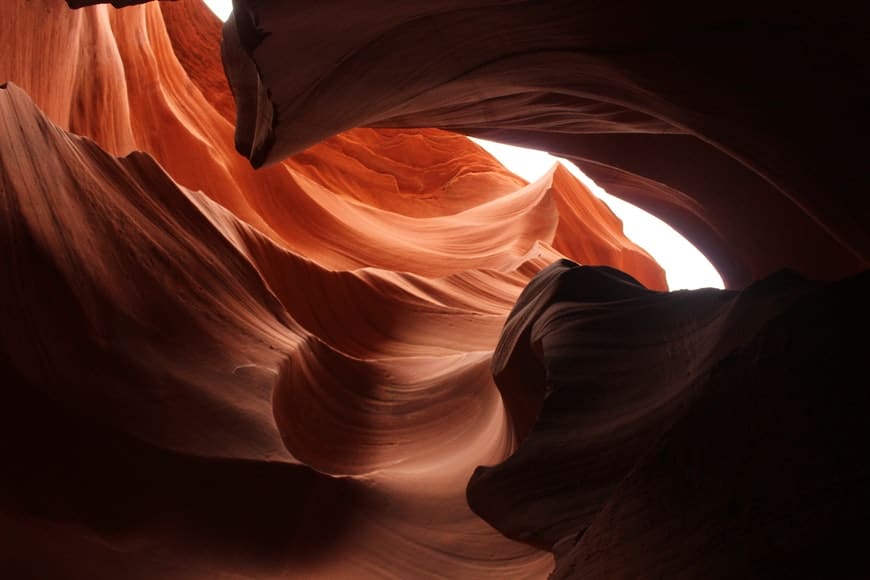
Credit: Leigh Patrick
An organic pattern isn’t regular, and it doesn’t follow any geometrical rules. Natural shapes and forms create it, along with all the wonderful organic textures that nature brings with it.
Abstract Patterns
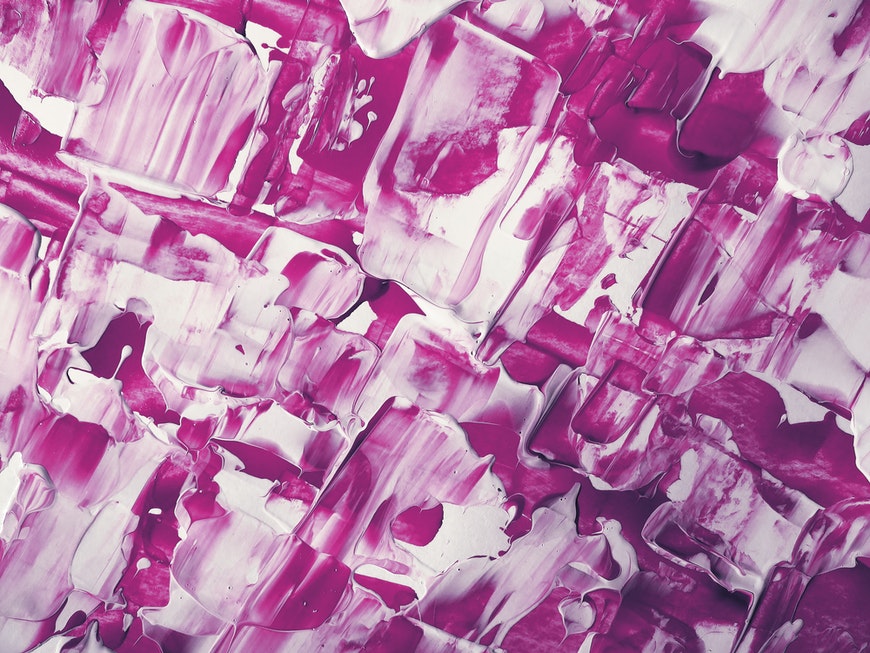
Credit: Anni Roenkae
The repetition of similar shapes creates abstract patterns in photography without creating an accurate representation of a specific object. You can see the obvious patterns, but you don’t know what they are.
How Do You Find Patterns in Photography?
Here are 11 tips for finding and using patterns in your photography.
1. Macro photography
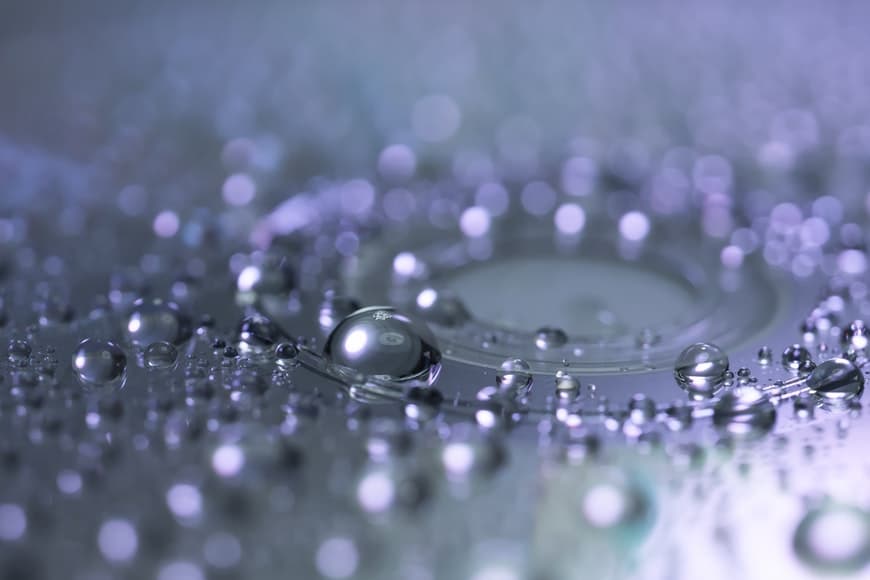
Credit: Pixabay
Macro is a type of photography that magnifies the subject to a size bigger than it is in real life. In other words, it’s an extreme close-up.
To do this, you need a macro lens, an extension tube or close-up filters. With them, you can photograph patterns and textures that are almost invisible to the naked eye – from the structure of a leaf to the weaving fibers of a fabric.
How Much Do You REALLY Know About Photography?! 🤔
Test your photography knowledge with this quick quiz!
See how much you really know about photography...

2. Fill the frame with your subject
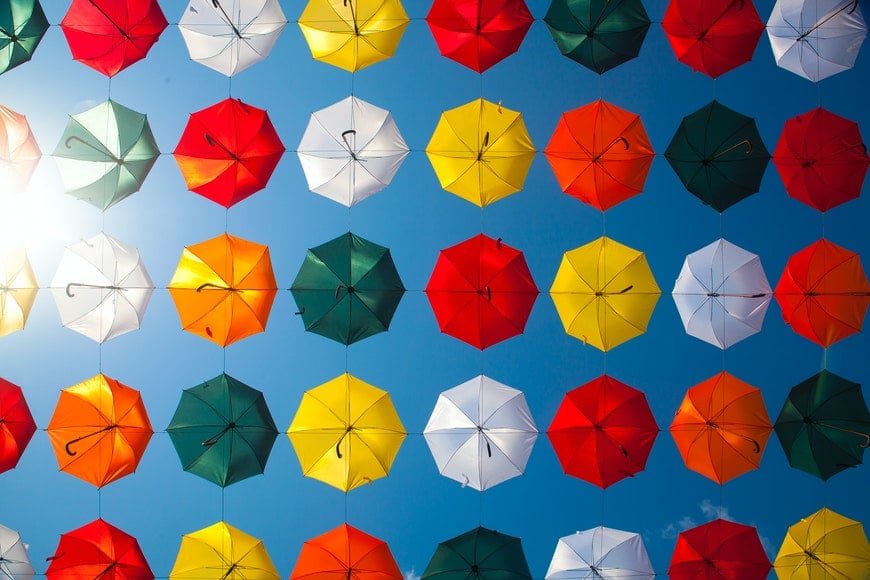
Credit: Emrah Ayvali
Pattern photography is when you make the repetition of similar objects the main subject of the photograph.
To highlight the pattern, you should avoid having any distracting elements inside the frame. Depending on the subject, you can achieve this by getting physically closer to it or using a longer focal length.
3. Symmetrical composition
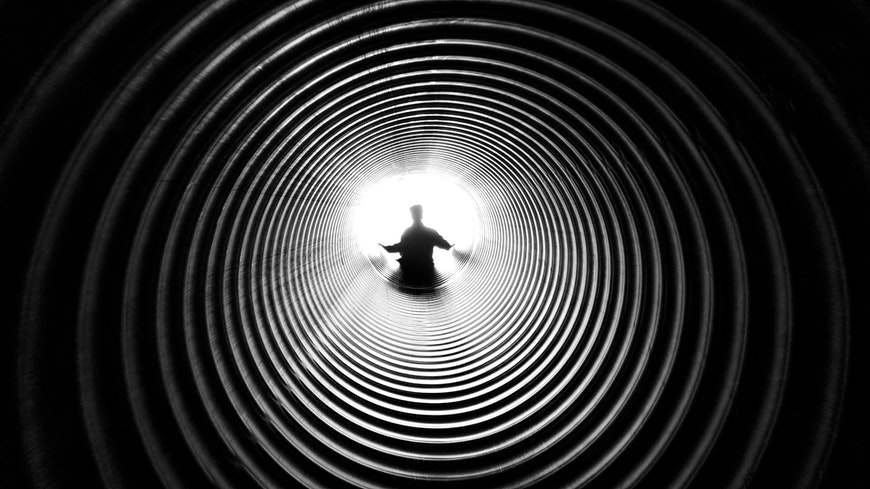
Credit: Anthony Derosa
Symmetry helps the viewer notice a repeated element and identify the pattern. Combining symmetry and patterns as composition techniques, you’ll create powerful images that give the viewer a sense of order.
4. Create a pattern in Photoshop
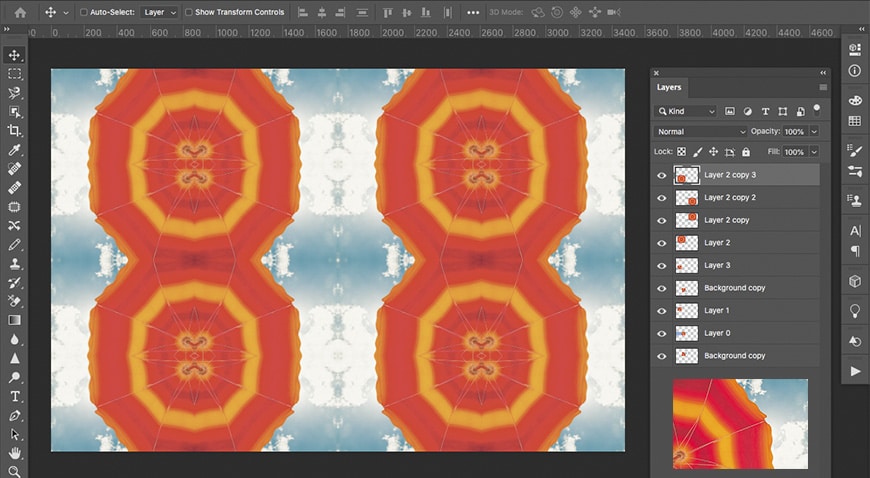
Credit: Peter Fazekas
It’s possible (and fun) to make digital patterns in Photoshop or any other photo editing software. All you have to do is enlarge the canvas, duplicate the image and flip it.
Then, you can duplicate both mirrored images and flip them in the other direction. You can continue with the process as many times as you like and rotate the layers to create a kaleidoscopic effect.
You can make the pattern as simple or as complex as you want. Check out our guide on how to mirror an image in Photoshop for some step-by-step instructions.
Here’s how to make a seamless pattern using Photoshop.
5. Build your own patterns
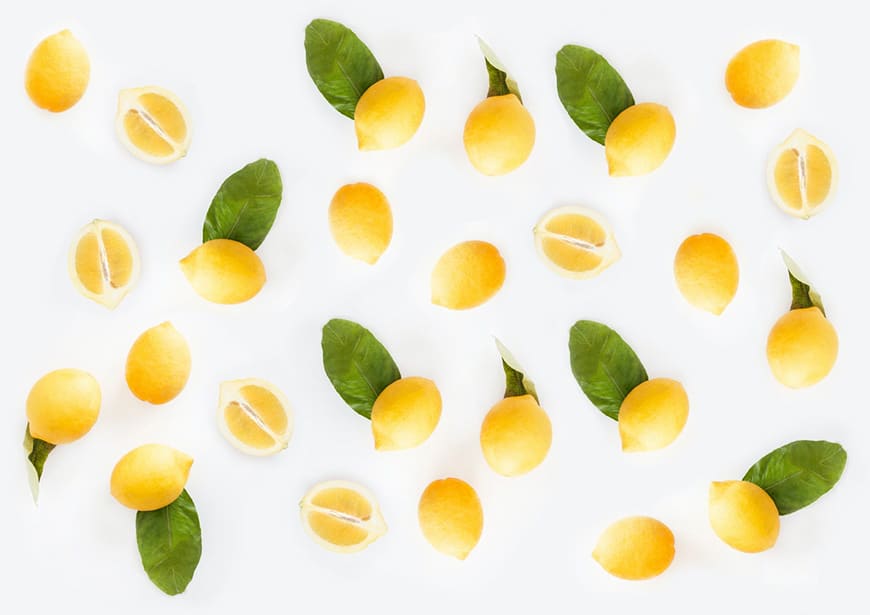
Credit: Dominika Roseclay
You can find multiple patterns in your daily life – however, you can also create them specifically for your pattern photography.
You just have to find similar objects and arrange them to create a pattern. The objects you choose are totally up to you and what you have available.
6. Use special effects filters
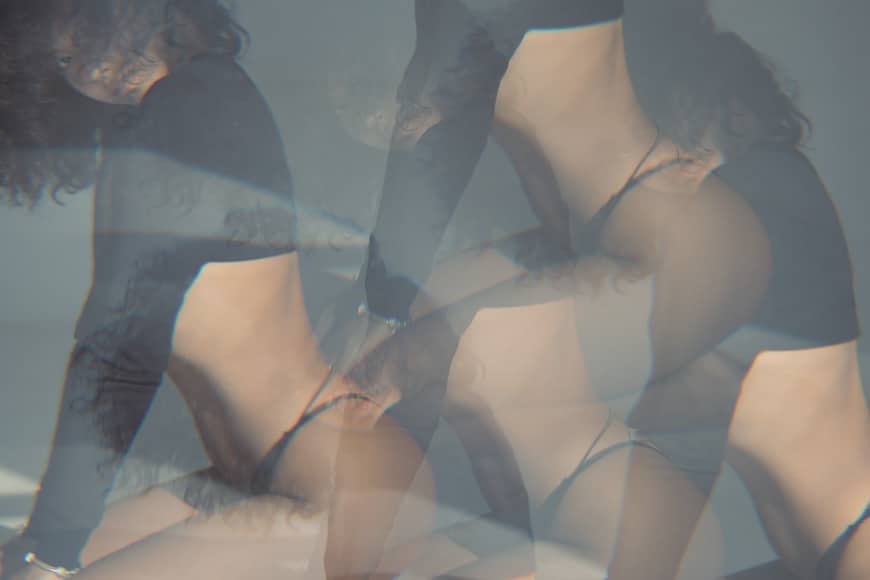
Credit: Aiony Haust
There are different types of special effects filters you can buy, and these can also be used for your pattern photography.
Some of these filters create repetitive patterns. They’re very easy to use: you just screw them to your lens, and you can start shooting.
The first one that comes to mind is the multivision filter – it’s formed by two pieces that you can rotate to create the effect. With it, you can multiply your subject up to six times.
You can also use cross-star filters to create star-shaped patterns from different light sources.
7. Look for patterns in fabric
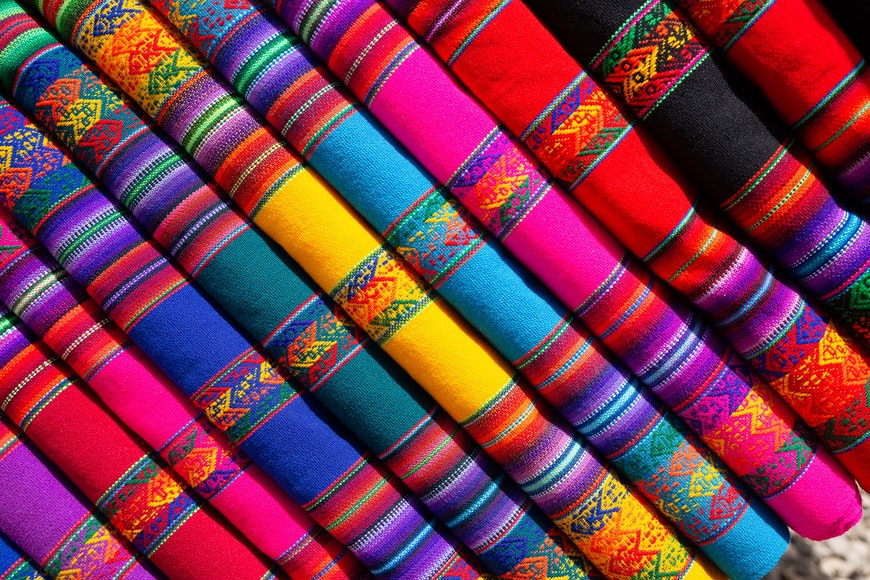
Credit: Mike van Schoonderwalt
Fabrics are a great subject for pattern photography because the weaving of the threads already forms beautiful patterns.
If you don’t have the focal length to get that close, or you’re looking for something with shapes and colors, fabrics often have designs that repeat themselves.
8. Look for patterns in architecture
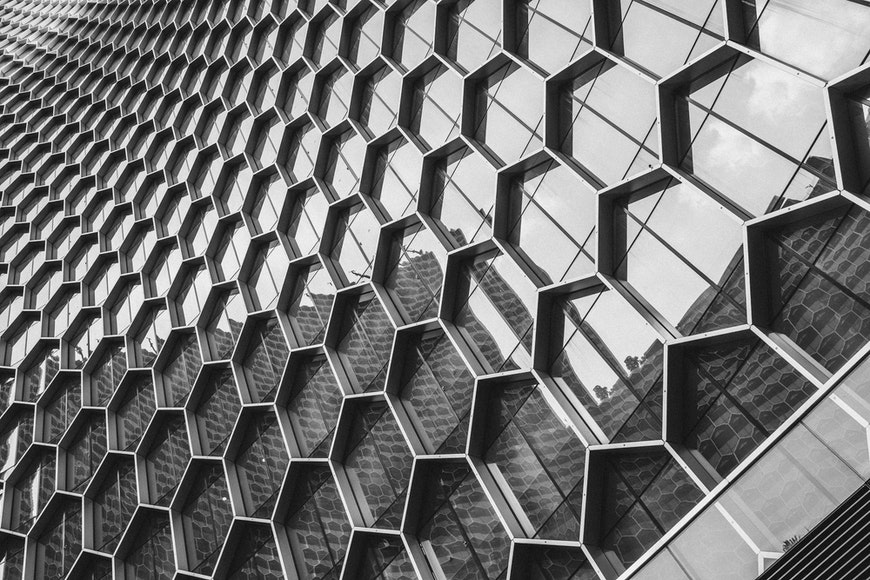
Credit: Soloman Soh
I’m sure that every day you pass in front of buildings that have at least one pattern on them. That’s because construction materials often create patterns – think about a brick wall or the tiles of a rooftop.
You can also look for more intricate designs in architecture. Just isolate the elements by closing the frame and arrange your composition.
Try walking around and photographing a building from different angles. You’ll see how changes in perspective and changes in how the light hits the building can create a wide variety of patterns.
9. Look for patterns in nature
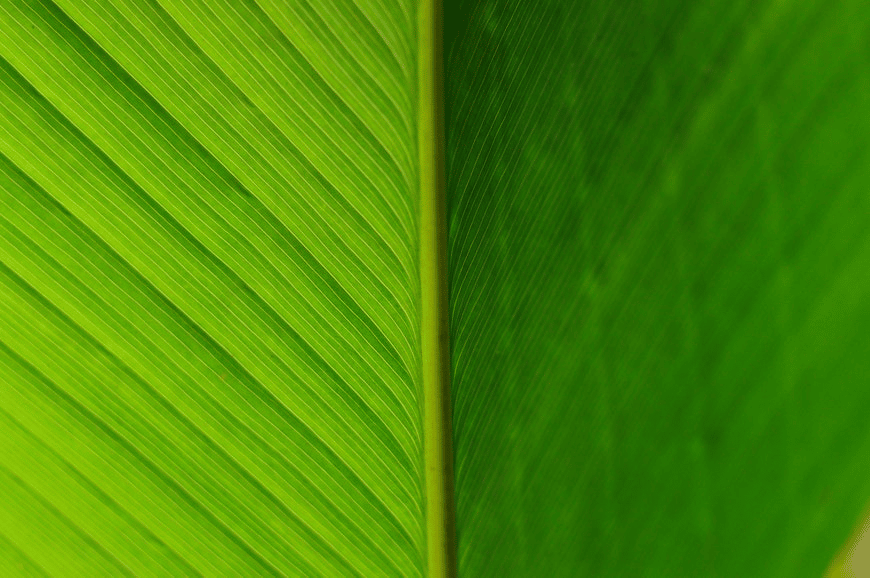
Credit: Miguel á Padriñán
Nature is filled with patterns that make great photographic subjects. Whether they’re organic patterns such as the dunes of a dessert or mathematically modelled patterns like the spiral of a shell, you’ll find some amazing examples of repetition.
In fact, human-made patterns are often inspired by nature. The golden spiral that has guided art composition for centuries is based on the Fibonacci sequence, which also represents how petals grow on flowers or the way tree branches split.
It’s not hard to find natural sources for your pattern photography: take a walk in the park, or even just explore the vegetables inside your fridge.
10. Use light and shadow
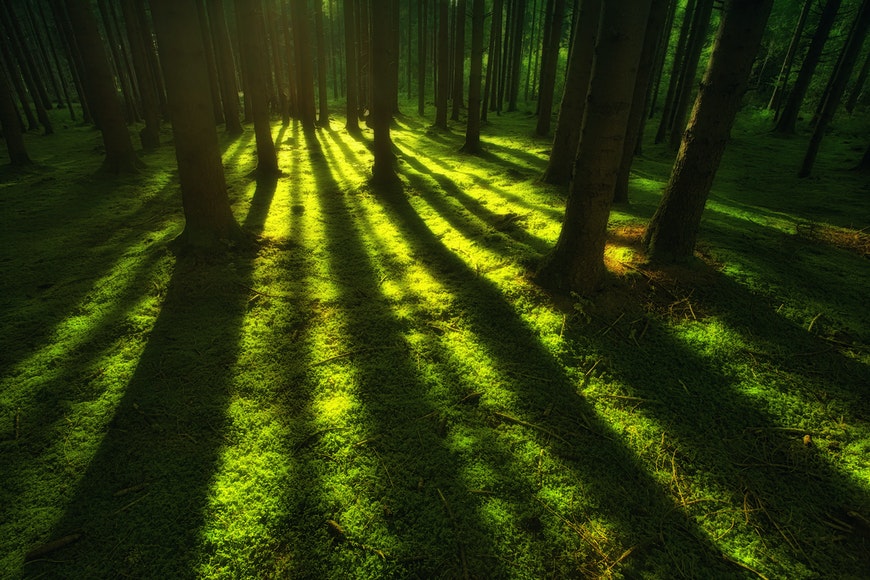
Credit: Johannes Plenio
Playing with the contrast between light and shadow is another way to create patterns. To make a more obvious pattern, you can use hard light, which gives dark, well-defined shadows.
To do this, you can photograph during the middle of the day if you’re using natural light. If you prefer to use artificial light, use the flash or strobes pointed directly at your subject without modifiers.
10. Use color
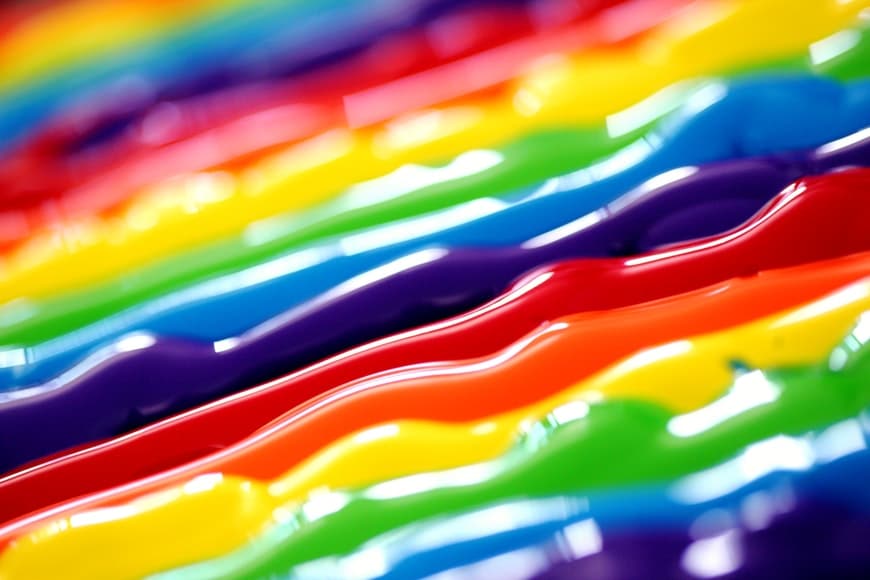
Credit: Sharon Mccutcheon
Another great subject that you can use in your photography is a pattern created by color. This gives you a lot of flexibility because you can make abstract patterns – like the example above.
However, you can also use color to create or highlight the pattern of different shapes and forms. For example, different people that all wear a piece of clothing of the same color.
Other places where you can find color symmetry or color patterns are mosaics or stained glass windows like the ones in historical churches.
If you like nature photography, you can find colorful patterns in flowers or animals as well.
Final Words
As you can see, wherever strong graphic elements repeat themselves, you can create pattern photography. Hopefully, this article gave you some ideas on where to look and how to capture stunning images using repetition.
If you have any doubts or want to share some more pattern photography tips, please do so in the comments section below. Have fun, and let us know how it goes.

Check out these 8 essential tools to help you succeed as a professional photographer.
Includes limited-time discounts.







